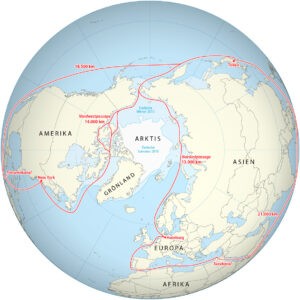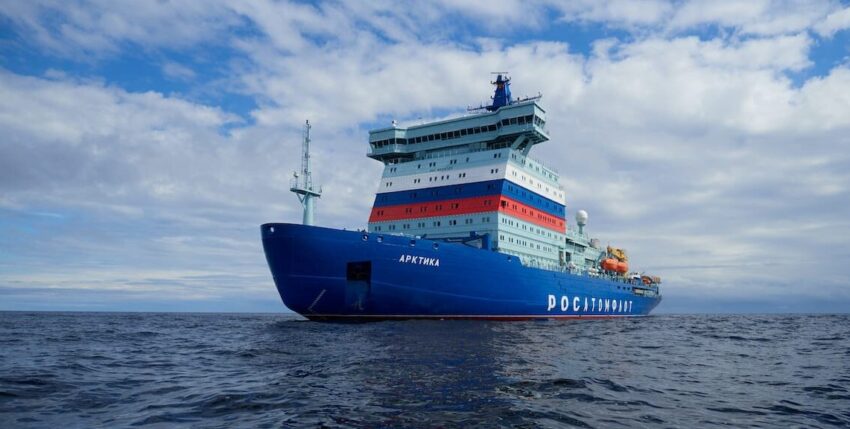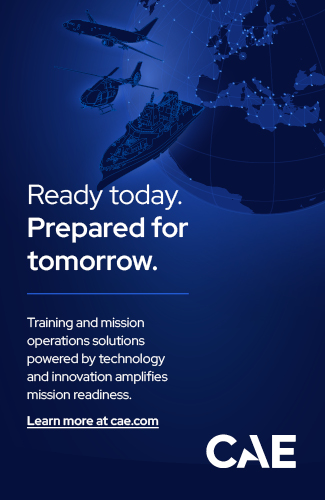Russia must expand its production capacities for icebreakers if it wants to achieve its goals for expanding trade via the Arctic North-East Passage, as it lacks ice-class vessels.
Alternative route
Russia has long been planning to expand the North-East Passage as an alternative to the Suez Canal and to intensify trade via this northern route as early as next year. President Vladimir Putin has repeatedly stated, most recently in August at the meeting of the BRICS countries (Brazil, Russia, India, China and South Africa), that Russia wants to accelerate the development of the northern route, which would require the construction of new harbours and bunker stations as well as a larger fleet of icebreakers.
The approximately 6,500 kilometre route leads from Murmansk, near the Norwegian border, eastwards via the Barents Sea, Kara Sea and East Siberian Sea through the Bering Strait to Kamchatka.

Ice-free northern route
The route through the Arctic is around 30 per cent shorter than the classic southern route through the Suez Canal and there is no piracy problem in the Arctic. In mid-August, the European Space Agency ESA reported ice-free conditions along the entire coastline from Murmansk to Petropavlovsk in Kamchatka - and this is expected to remain the case until the second half of September.
Freight rates
In 2022, 34 million tonnes of freight were transported via this route and the same volume is expected this year. Russia wants to increase the volume to 80 million tonnes in 2024 and more than double it again to 200 million tonnes by 2031. By comparison, almost 1.3 billion tonnes of freight were transported through the Suez Canal in 2021.
Russia's biggest concern is the availability of an icebreaking fleet in sufficient quantities. There are not yet enough icebreakers worldwide to enable the transport of 200 million tonnes in seven to eight years. Russia is therefore planning to build 50 icebreakers by 2035, but there is also a shortage of shipyards to build the icebreakers.
Partner search
The head of the Russian Ministry for the Development of the Far East and the Arctic told the RBC news agency that the government is therefore holding talks with India and China about such projects and about joint cooperation in the construction of ships. India is interested in cooperating in the development of the northern route and possibly in joint shipbuilding, as is China.
Source: gCaptain, Statista










